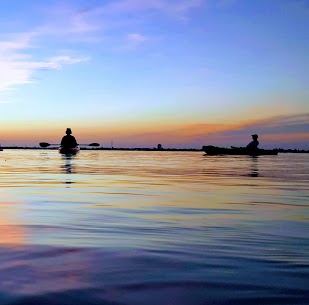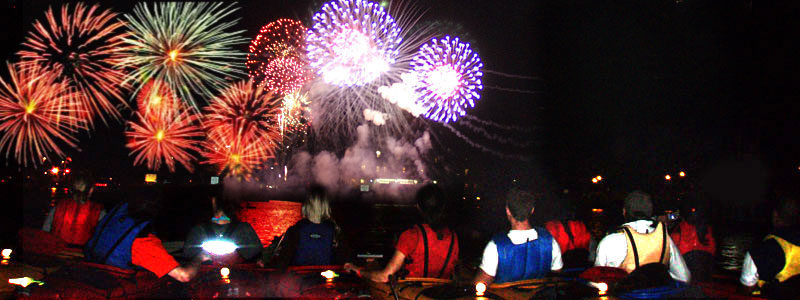
Door County is known for its nature and scenic views, Rowleys Bay is no exception. Rowleys Bay is located on the Northern tip of Wisconsin in Ellison Bay. This area of the state offers a treasure of unique and pristine nature, both to the state and the country.
On a clear night the sky is sprinkled with bright stars and the Milky Way often reveals itself. During an average night, the sky showcases around 1,500 stars but in suburban areas only a few hundred shine through. The incredibly clear of the night sky view makes Rowleys Bay an unforgettable scenic getaway.
In contrast during the day many bird species like the Caspian Turn, Sandhill Cranes, Blue Herons, Red Wing Blackbirds, Pelicans, Mallard Ducks and Bald Eagles call the estuary home. A reason for the diversity could be thanks to the “lights out” initiative in Rowleys Bay, which is a certification that is given by The Dark Sky Association, that ensures the efficient and conservative use of lights.
Light pollution affects more than just the visibility of stars. These migrating birds fly lower at night or when there is less than optimal weather conditions. When the birds fly lower they are exposed to bright lights of the city and may become disoriented and confused. Sometimes the bright white light “traps” the birds and they keep flying in circles around the lights because of the disorientation. The stunned birds often then fall to the ground and can become easy prey to a predator. This also causes the birds to collide with one another or fall ill to dehydration. The Lights Out Initiative establishes a set of requirements to help reduce light pollution and maximize atmospheric visibility and bird diversity. This is accomplished by utilizing efficient lighting systems that shield light to reduce excessive glow and turning lights off when appropriate.
The problem of light pollution was first recognized in 1970 by astronomers and its effects on the clarity of stars, financial costs, and effects on both human and environmental health are still being realized today. With the increase of urbanization these disturbances caused by light are becoming increasingly potent. There are three kinds of light pollution: sky glow, light trespass, and glare. Sky glow refers to the illumination that can be seen in the sky around cities at night. Light trespass is when light is wasted by insufficient or unneeded light sources where it is unwanted and not needed. Glare is the visual discomfort of excessively bright lights.
Ben Panko wrote in Science magazine that 80% of humanity experiences light-polluted night skies, which includes roughly 83% of Earth’s population, and more than 99% of all Americans. Lucky enough for visitors Rowleys Bay remains a slice of nighttime wonderment and a diverse bird sanctuary.
-Emily Reise, Marketing Intern



